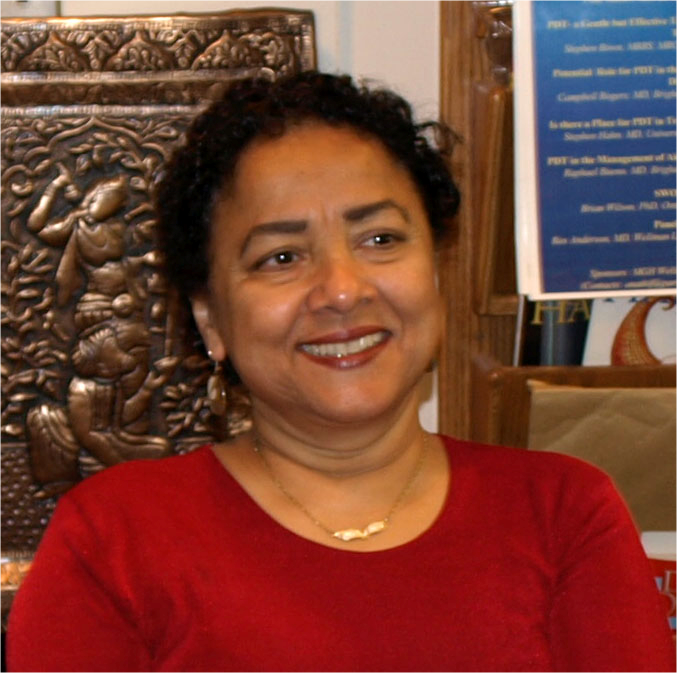Events Calendar
Absorption of light by chromophores within or associated with, cells and tissues creates photophysical processes that are captured for diagnostic and/or surgical guidance, treatment and mechanistic understanding of disease pathology. Photodynamic therapy (PDT) is a photochemistry based process resulting from the (usually red)light activation of chemicals localized at anatomical sites of disease. The active molecular species produced by the molecular excited state destroys biological targets in the vicinity. PDT is approved for specific clinical applications by regulatory agencies worldwide. A small fraction of the excited state de-energizes via fluorescence thus providing an opportunity to use the same molecule for detection/diagnostics and therapy. As with any therapy, PDT elicits molecular responses, the scientific understanding of which can be exploited to enrich our arsenal of cancer treatment. Visualizing the localization of these new constructs requires advances and adaptations in optical methods and engineering. The photodynamic process, in addition to producing the cytotoxic therapeutic responses, creates microenvironmental alterations which we term photodynamic priming (PDP) which is an enabler of many therapeutics. While there are several advantages of using PDP/PDT, such as minimal side effects, no fibrosis or toxicity, depth of tissue damage is limited by the inherent limitations of transport red light; in addition there is some restriction on the types of molecules that absorb in the red-near infrared range. X-rays exciting nanoconstructs may serve to overcome some of these limitations and act as adjuvant sources of excitation. While this presentation will largely be on PDT, I would like to explore the pros and cons of using ionizing radiation for PDT.

Short bio: Tayyaba Hasan, PhD, is a Professor of Dermatology at Harvard Medical School (HMS) and a Professor of Health Sciences and Technology (Harvard-MIT). The focus of her research is on photochemical approaches to treatment, therapy monitoring, and diagnosis of disease, primarily in the areas of cancer and infections. She has ~300 publications and has developed over 30 inventions from research funded by the National Institutes of Health (NIH), the Department of Defense and Industry grants. Dr. Hasan leads an NCI funded multinational Program Project grant focused on image- guided treatment of pancreatic and skin cancers and an International consortium on developing low cost enabling technologies for image-guided photodynamic therapy to treat oral cancer. Dr. Hasan is an inventor of the FDA approved photodynamic treatment of Age-Related Macular Degeneration and several other applications in the fields of cancer, infections and technology.
Dr. Hasan has had a long-term involvement in helping the career development of junior scientists and helped found the Office for Research Career Development (ORCD) at Massachusetts General Hospital (MGH) where she also served as its first Director until 2011.
